Conquering the Heat: Supreme Guide to Bass Fishing in Swelteringly Epic Conditions
Picture this, the sun’s blazing like a furnace, the air shimmers with heat, and most anglers are lounging in air-conditioned comfort, sipping iced tea. But you? You’re out on the water, rod in hand, chasing bass that others can only dream of.
Extreme heat waves might intimidate the average angler, but for those who understand the science of bass behavior, these conditions are a playground for epic catches. In this guide, we’ll explore why heat waves are prime time for bass fishing, how to navigate regional differences across the U.S., and how to pinpoint the best spots on any lake or body of water. Plus, we’ll share critical safety tips and introduce a game-changing tool to elevate your fishing game.
Newsletter Signup
Why Fish in a Heat Wave?
The Science Behind the Sizzle
When temperatures soar, bass don’t just roll over and nap, they adapt, and savvy anglers can use this to their advantage. Heat waves push bass to predictable patterns, driven by their biology and the environment. As water temperatures climb, bass seek cooler, oxygen-rich zones, often diving deeper or hugging shaded structures. But here’s the kicker: during the transitional periods, early morning, late evening, or just before a heat wave peaks, they go on a feeding frenzy in shallower waters, chasing baitfish and insects. This makes heat waves a goldmine for anglers who know when and where to cast.
Another perk? Solitude.
Most anglers shy away from the heat, leaving lakes and rivers blissfully uncrowded. You’ll have prime spots to yourself, free from the usual boat traffic or shoreline crowds. Plus, the challenge of fishing in extreme conditions hones your skills, teaching you to read the water and adapt like a pro. Whether you’re a rookie or a seasoned caster, heat-wave fishing offers a chance to level up.
Regional Hotspots:
Bass Fishing Across the U.S. During Heat Waves
Bass behavior varies across the U.S. due to regional climate, water conditions, and lake ecosystems. Here’s a breakdown of how to approach heat-wave fishing in different regions, complete with tips to find the best waters.
Southeast: Swamps, Reservoirs, and Sultry Summers
In the Southeast think Florida, Georgia, Alabama, and the Carolinas, faces brutal heat waves with high humidity. Lakes like Okeechobee, Guntersville, and Santee Cooper are bass havens, but in summer, surface waters can hit 85°F or higher. Bass here retreat to deeper channels, submerged vegetation, or shaded docks. Early mornings are your best bet, as bass move to shallow flats to feed on shad and bluegill before the heat intensifies.
Scout for spring-fed lakes or rivers with consistent water flow, like Florida’s St. Johns River. These waters stay cooler and more oxygenated, attracting active bass.
Midwest: Lakes and Rivers Under the Prairie Sun
In the Midwest (Michigan, Wisconsin, Ohio), heat waves turn lakes like St. Clair or the Mississippi River into bass hotspots. These waters often have clearer profiles and moderate depths, so bass seek shade under lily pads, fallen logs, or weed beds. Night fishing can be dynamite here, as bass move to shallow shorelines after dark to hunt crawfish and minnows.
Target reservoirs with dam outflows, like Kentucky Lake, where cooler water attracts bass. Check local fishing reports or use sonar to locate thermoclines, layers of cooler water where bass congregate.
Northeast: Cool Depths in Warm Weather
The Northeast (New York, Pennsylvania, Maine) sees shorter but intense heat waves. Lakes like Oneida or the Susquehanna River hold largemouth and smallmouth bass that dive to deeper rocky structures or weed edges during heat spikes. Look for areas with current, like river mouths, where oxygen levels stay high.
Use online forums or state DNR websites to find lakes with public access and recent bass activity. Target transition zones where shallow flats meet deeper channels, using drop-shot rigs to tempt lethargic bass.
Southwest: Desert Lakes and Extreme Heat
In the Southwest (Texas, Arizona, Nevada), heat waves are relentless, and lakes like Sam Rayburn or Lake Havasu can feel like saunas. Bass here love deep structure, think submerged brush piles or rocky points. Early morning topwater action is explosive, but midday fishing requires deep-diving crankbaits or jigs.
Utilize satellite imagery (e.g., Google Earth) to spot submerged structures or creek channels. Local tackle shops or fishing clubs can point you to lesser-known gems with less pressure. Check water clarity, as murky waters in Texas reservoirs often hold more active bass in heat.
West Coast: Diverse Waters, Diverse Tactics
From California’s Clear Lake to Washington’s Columbia River, the West Coast offers varied bass fisheries. Heat waves push bass to deep weed lines or under docks in clear lakes, while river bass seek shaded eddies. Coastal areas may see fog, moderating water temps and extending feeding windows.
A lot of pro anglers use bathymetric (mappping) charts to find underwater humps or ledges where bass hide. In tidal rivers, time your trip for incoming tides when bass feed aggressively.
Finding the Perfect Spot:
Science Meets Strategy
No matter the region, picking the right lake and spot within it is crucial. Here’s how to zero in on bass during a heat wave:
Research Water Bodies: Start with state DNR websites to find bass-rich lakes with public access. Look for waters with diverse structure, weed beds, drop-offs, docks and consistent water flow or springs. Local fishing reports or X posts from regional anglers can reveal hot spots.
Target Structure and Shade: Bass love cover in heat waves. Look for docks, overhanging trees, or submerged logs that provide shade. In reservoirs, check for submerged roadbeds or brush piles. In rivers, target eddies or deep pools near current breaks.
Time It Right: Bass feed most actively during low-light periods, dawn, dusk, or overcast days. In heat waves, morning is king, as water temps are lower and oxygen levels higher. Night fishing can also be productive, especially in the Midwest and Southeast.
Check Water Conditions: Use a thermometer or sonar to measure water temperature and oxygen levels. Bass prefer water between 75-85°F for feeding but retreat to cooler depths when surface temps exceed 90°F. Cloudy days or light rain can extend feeding periods by lowering surface temps.
Safety First:
Surviving the Heat Like a Pro
Heat waves aren’t just tough on bass, they can be dangerous for anglers. Here’s how to stay safe while chasing that lunker:
Hydrate Smart: Carry a large thermos with room-temperature water (not ice-cold, as it stresses your body). Aim for 16-32 ounces per hour. Electrolyte packets can help, but avoid sugary drinks that dehydrate you further.
Gear Up: Invest in a cooling towel and a wide-brimmed hat. Wear lightweight, UPF-rated clothing to block UV rays. Polarized sunglasses reduce glare and help you spot underwater structure.
Stay Connected: Carry a fully charged phone and a portable charger. In remote areas, consider a satellite communicator like a Garmin inReach for emergencies. Tell someone your fishing plan and expected return time.
Know the Signs: Heat exhaustion (dizziness, nausea) can escalate to heat stroke (confusion, rapid pulse) fast. If you feel off, stop fishing, find shade, and call for help. Don’t push for “one more cast.”
Choose Accessible Spots: In extreme heat, stick to lakes or rivers near civilization with cell service. Avoid remote backwaters unless you’re with a buddy or have reliable communication.
Lures and Tactics:
Outsmarting Heat-Stressed Bass
Heat waves make bass sluggish midday, but strategic lure choices can trigger strikes:
Early Morning/Dusk: Use topwater lures like poppers or buzzbaits for explosive surface action in shallow flats. Frogs work wonders in heavy vegetation.
Midday: Switch to deep-diving crankbaits, jigs, or Texas-rigged worms to reach bass in 15-25 feet of water. Slow your retrieve to match their lethargic mood.
Night Fishing: Try dark-colored spinnerbaits or chatterbaits for low-light conditions. Focus on shorelines or weed edges where bass hunt after dark.
Match the Hatch: Observe local baitfish or insects. In the Southeast, mimic shad with silver crankbaits. In the Midwest, crawfish-colored jigs rule.
Experiment with retrieves, slow and steady for deep fish, erratic for shallow feeders. Pay attention to barometric pressure (bass feed more before storms) and water clarity (bright lures for murky water, natural tones for clear).
Level Up with Bass Forecast
To take the guesswork out of heat-wave fishing, download the Bass Forecast app. This isn’t just another fishing app, it’s a science-backed tool that uses predictive technology to analyze weather, water conditions, and bass behavior. It tells you the best times to fish, even in scorching heat, by factoring in temperature, pressure, and lunar phases. Our app pinpoints peak feeding windows, so you’re casting when bass are most active, not sweating through a dead zone. Whether you’re a beginner or a pro, Bass Forecast is like having a master angler guide in your pocket, guiding you to the right spot at the right time.
Available on iOS and Android, it’s a must-have for planning your heat-wave adventures.
Start fishing smarter, not harder.
Final Cast:
Embrace the Heat, Hook the Dream
Fishing in a heat wave isn’t just about catching bass, it’s about embracing the challenge, outsmarting nature, and claiming the water as your own. By understanding regional patterns, scouting prime locations, and using tools like Bass Forecast, you can turn blistering days into legendary fishing trips. So gear up, stay safe, and get out there. The bass are waiting, and the lake is yours for the taking.
Happy fishing, and tight lines!
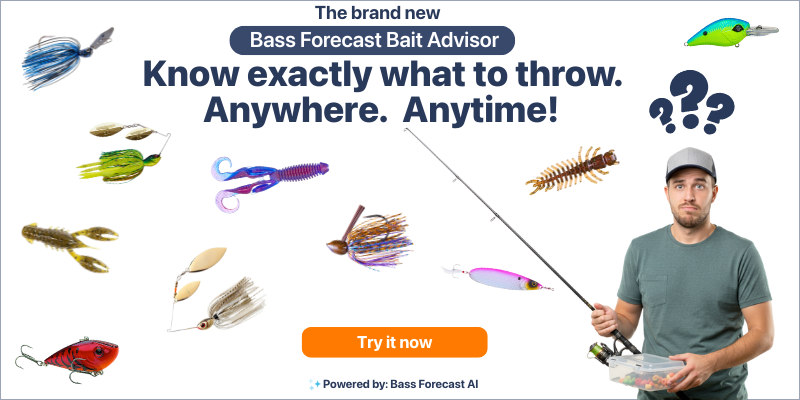

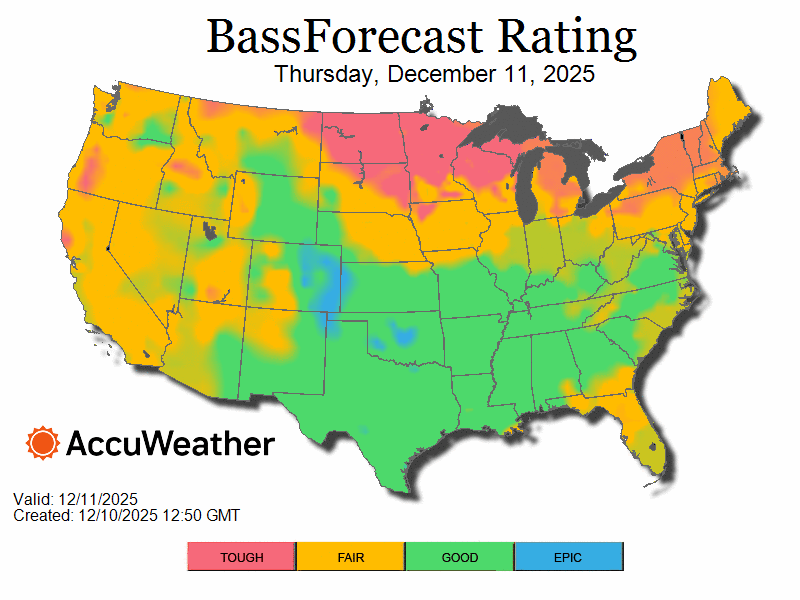
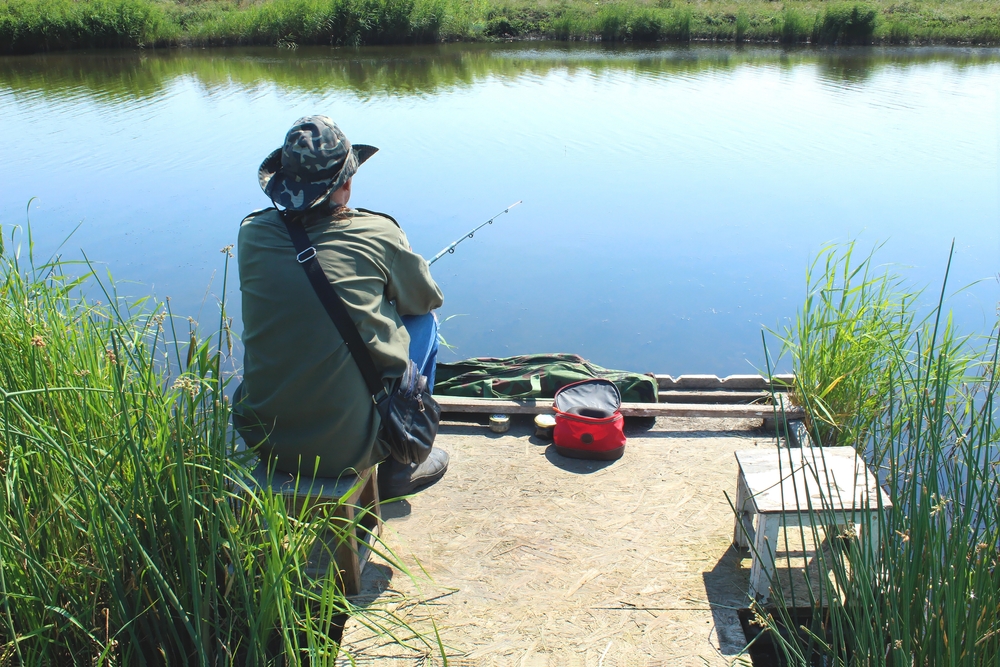
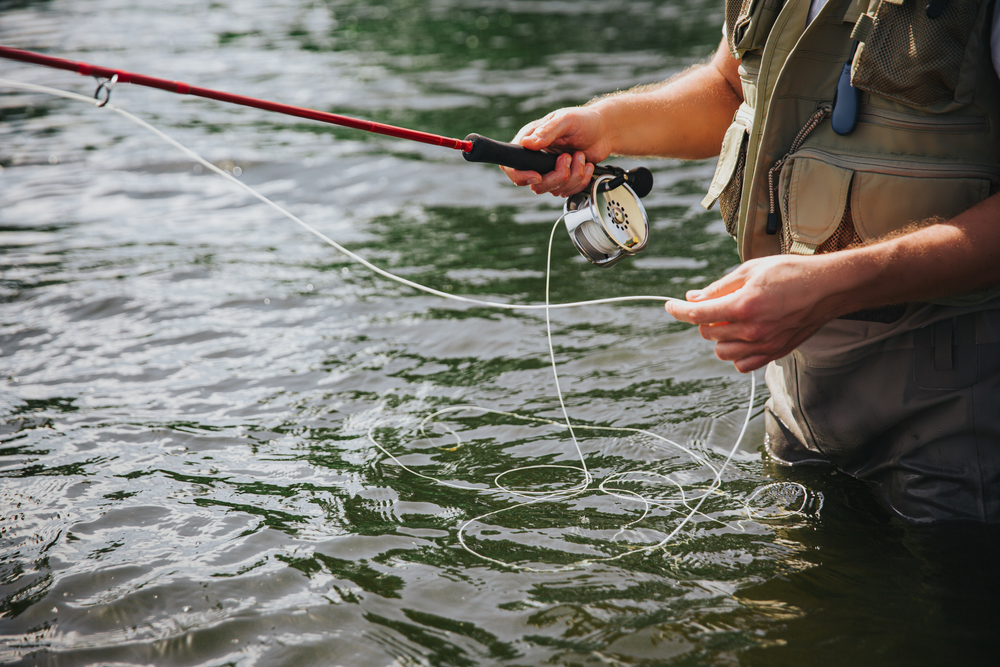
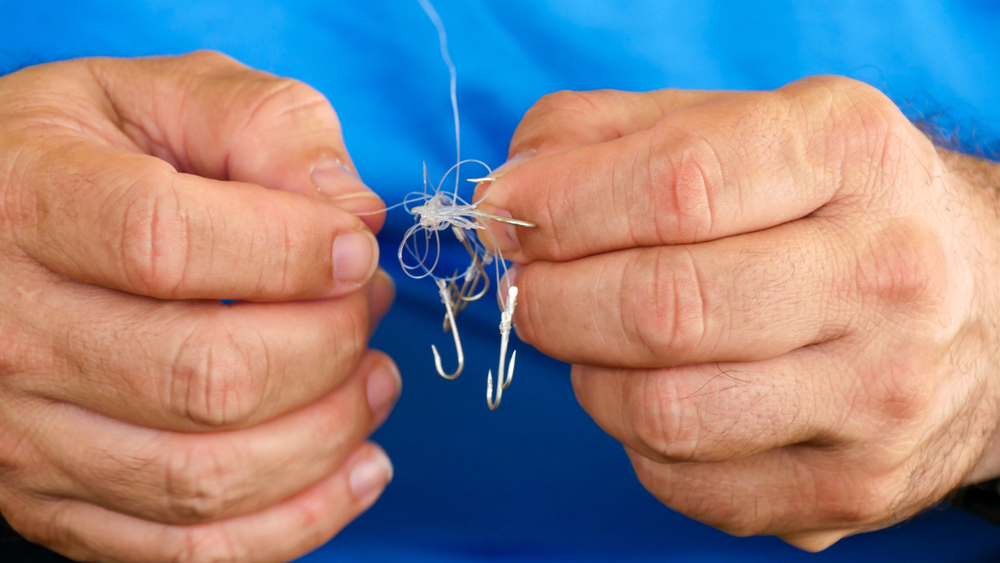
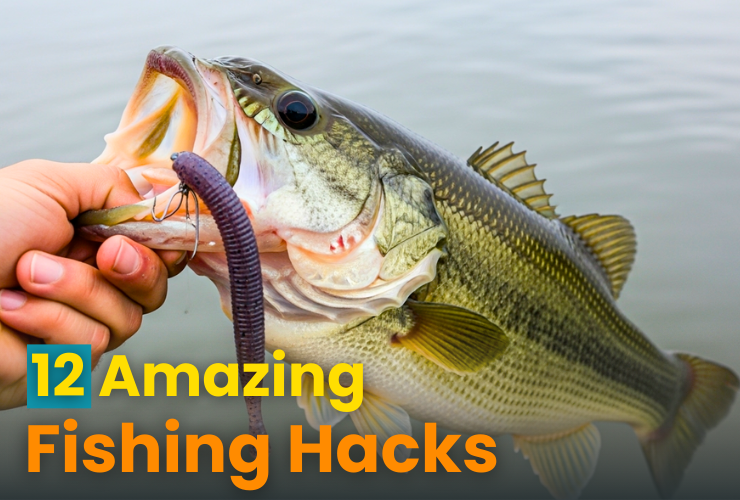
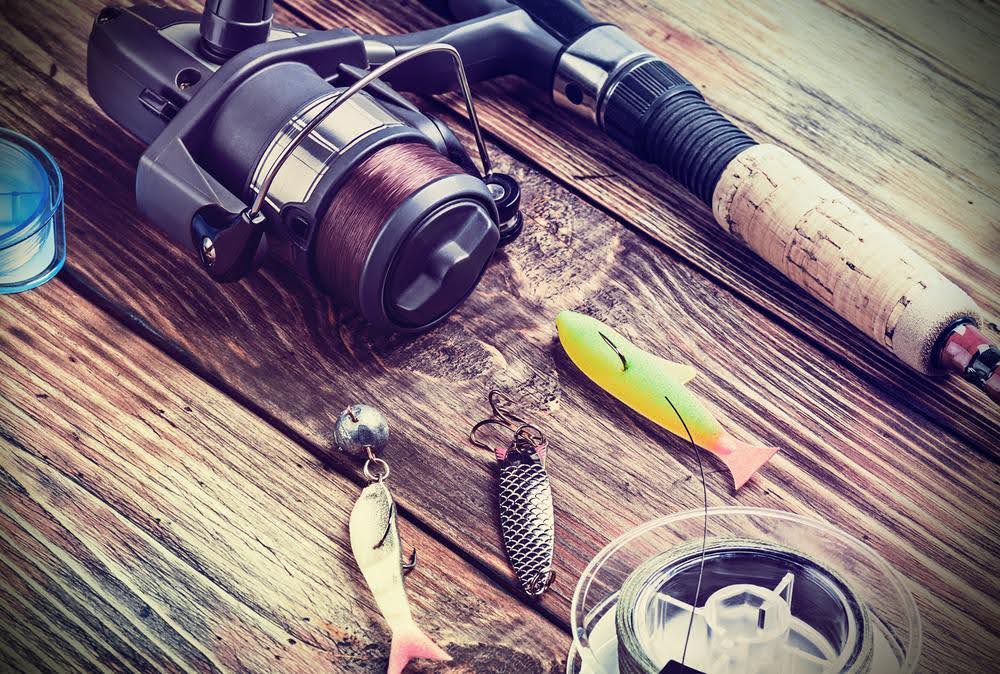
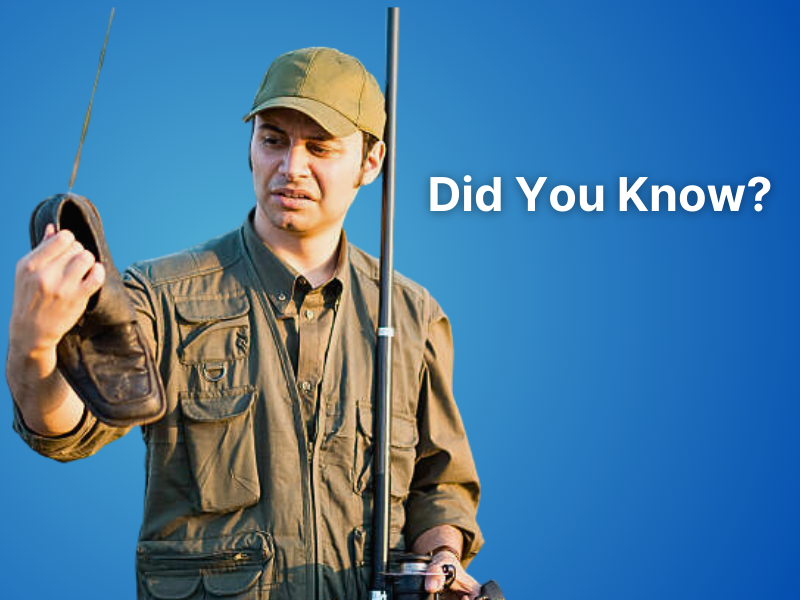
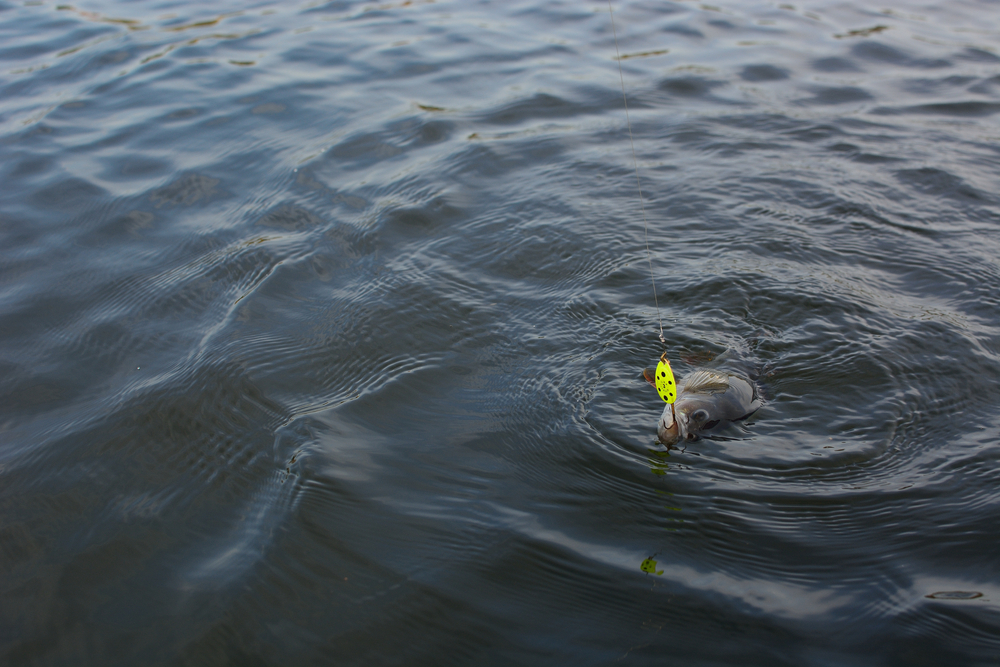
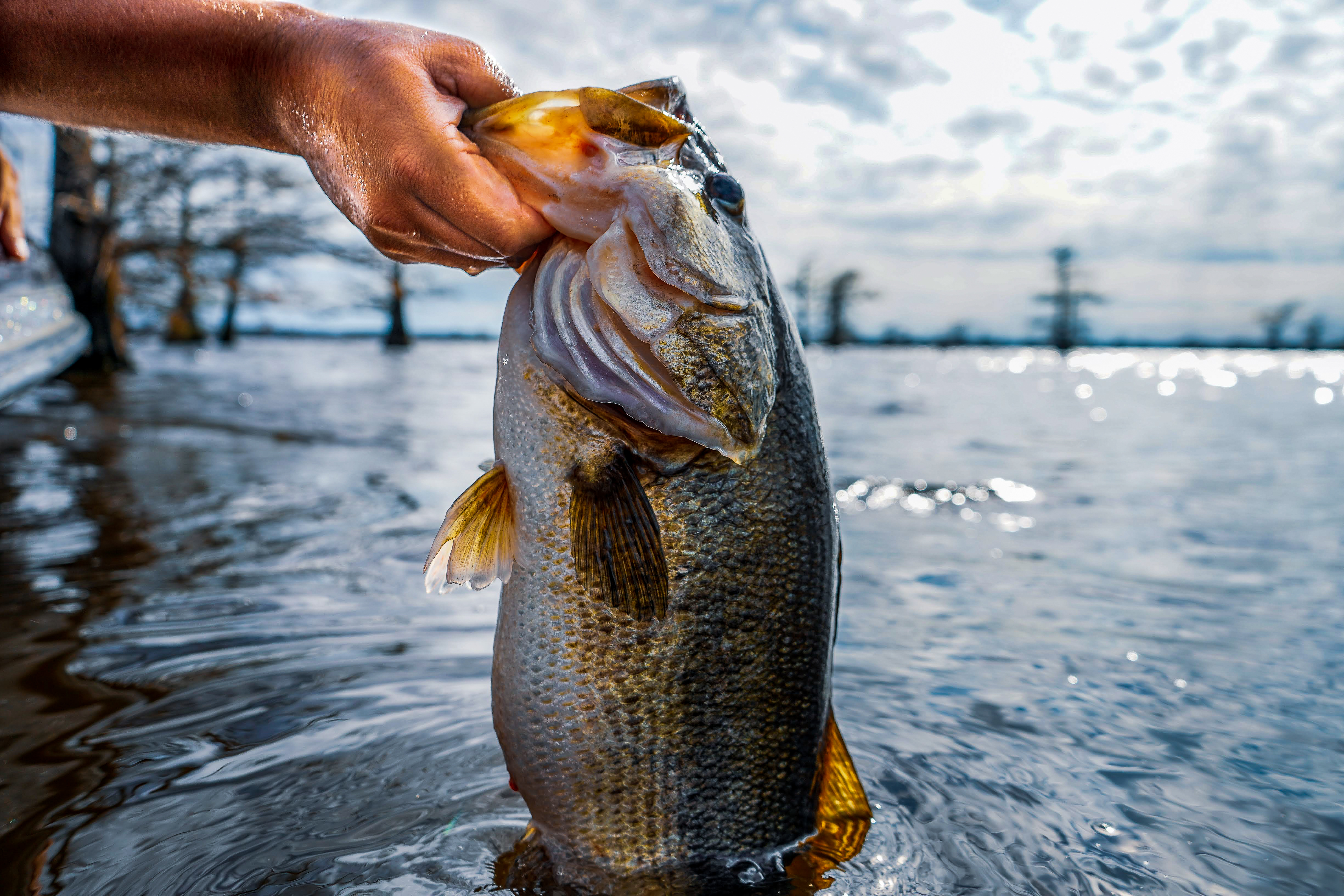
.png)
.png)